Coach Education Resources
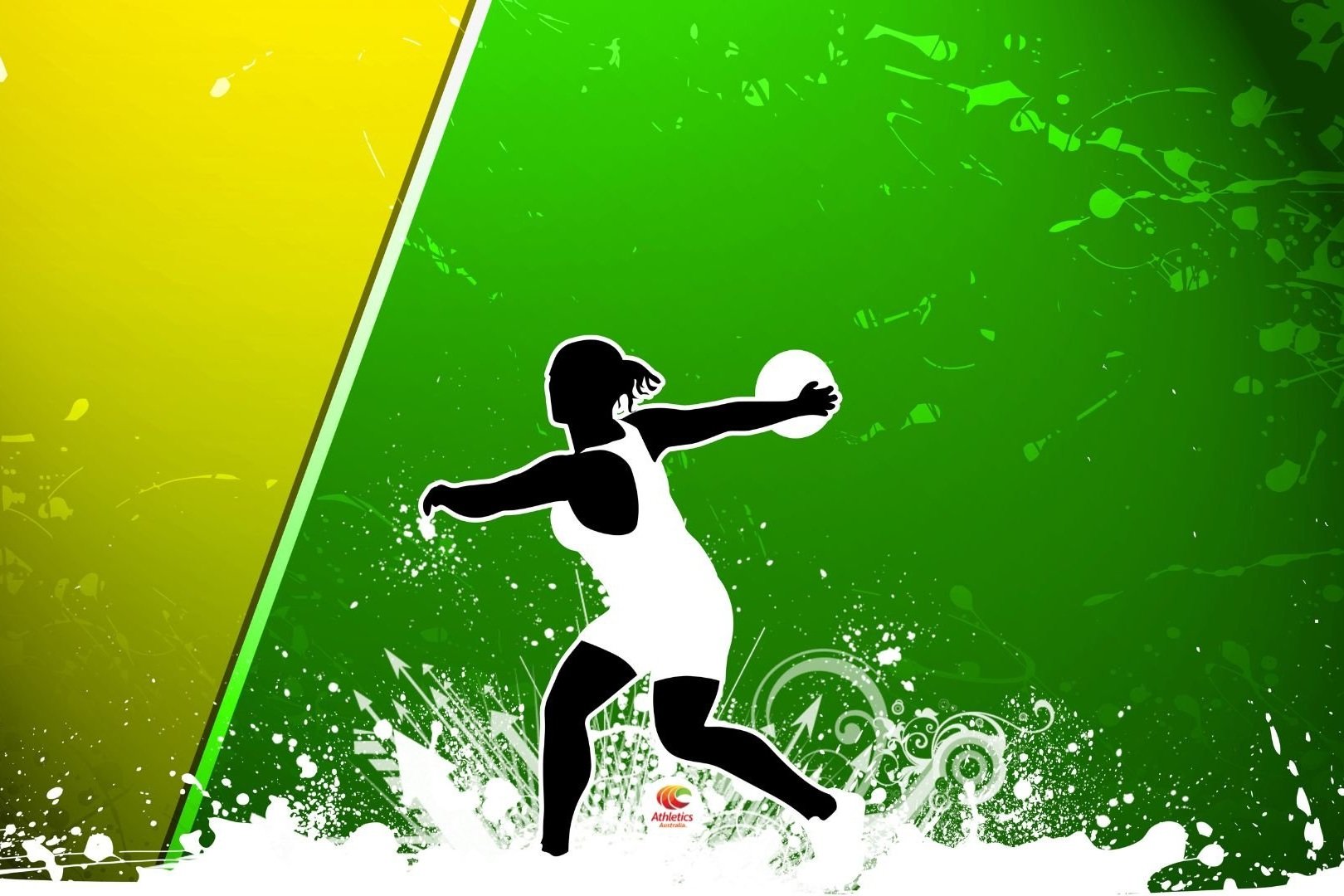
Coaching Circular Throws: Discus, Shot Put, and Hammer Throw
The Circular Throws (Discus, Shot Put, and Hammer) are events demanding a blend of strength, timing, coordination, and technique. To optimise performance in these disciplines, coaches shouldfocus on key technical elements, phases of movement, and biomechanical principles. This article looks at the core coaching concepts and unique considerations for each throw, with insights derived from elite throwers and supported by biomechanical research.

Engagement, Connection, and Inspiration in Coaching
Explore the art of coaching through Wayne Goldsmith’s perspective, focusing on building genuine connections, fostering engagement, and inspiring athletes beyond mere physical training. Goldsmith highlights a concerning global decline in youth sports participation, arguing that traditional, metric-driven coaching approaches often miss what truly motivates young athletes: meaningful relationships and a sense of purpose.

Community Brainstorm: December 2024
The Community Brainstorm is a monthly forum where we tackle key coaching questions together, drawing on the collective wisdom of our coaching community. Each month, we highlight a real-world challenge, inviting coaches to share insights, strategies, and resources that help others navigate common issues in track and field coaching. Join us in building a stronger, more connected athletics coaching community.
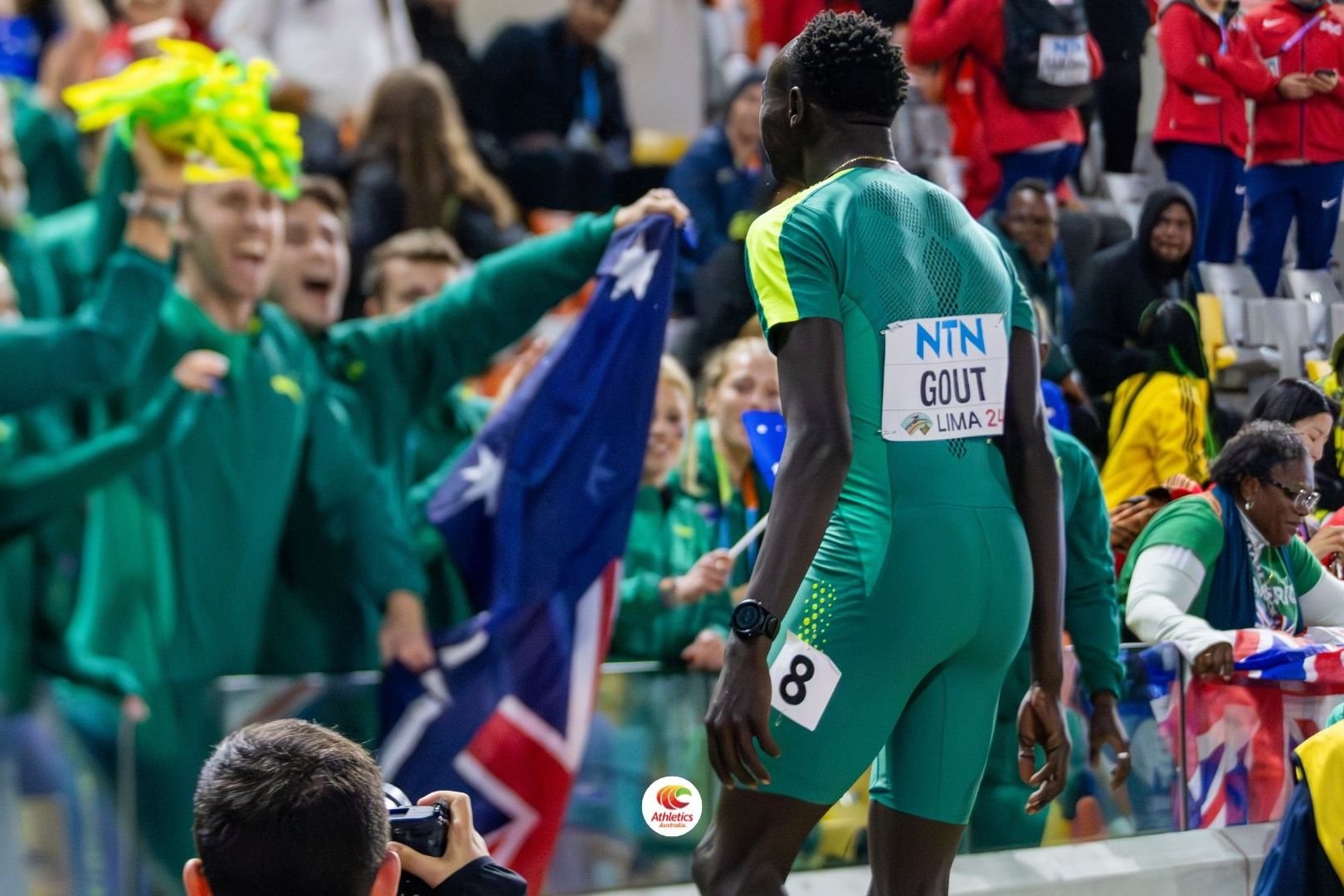
Di Sheppard’s Holistic Approach to Success On and Off the Track
Di Sheppard, the influential coach behind rising Australian track star Gout Gout, has built a career grounded in authenticity, resilience, and a no-nonsense coaching philosophy. Known for her direct approach, Di prioritises both athletic skill and personal growth, creating a training environment that demands accountability and independence from her athletes.
Learn the secret behind her success in this feature article on one of Australia’s most talked about track and field coaches.
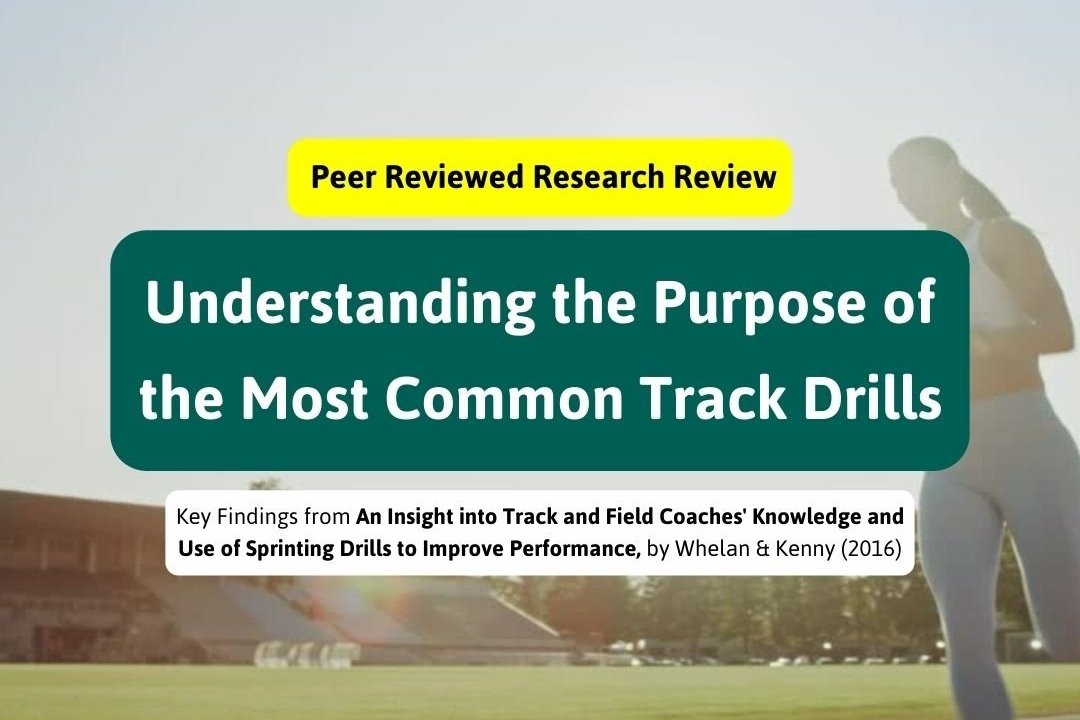
Purposeful Sprint Drills: Boosting Technique and Performance with Informed Choices for Track Coaches
This article summarises key findings from a study investigating the selection and rationale behind sprinting drills used by track and field coaches. It focuses particularly on coaches' understanding of how these drills impact sprint performance and technique.
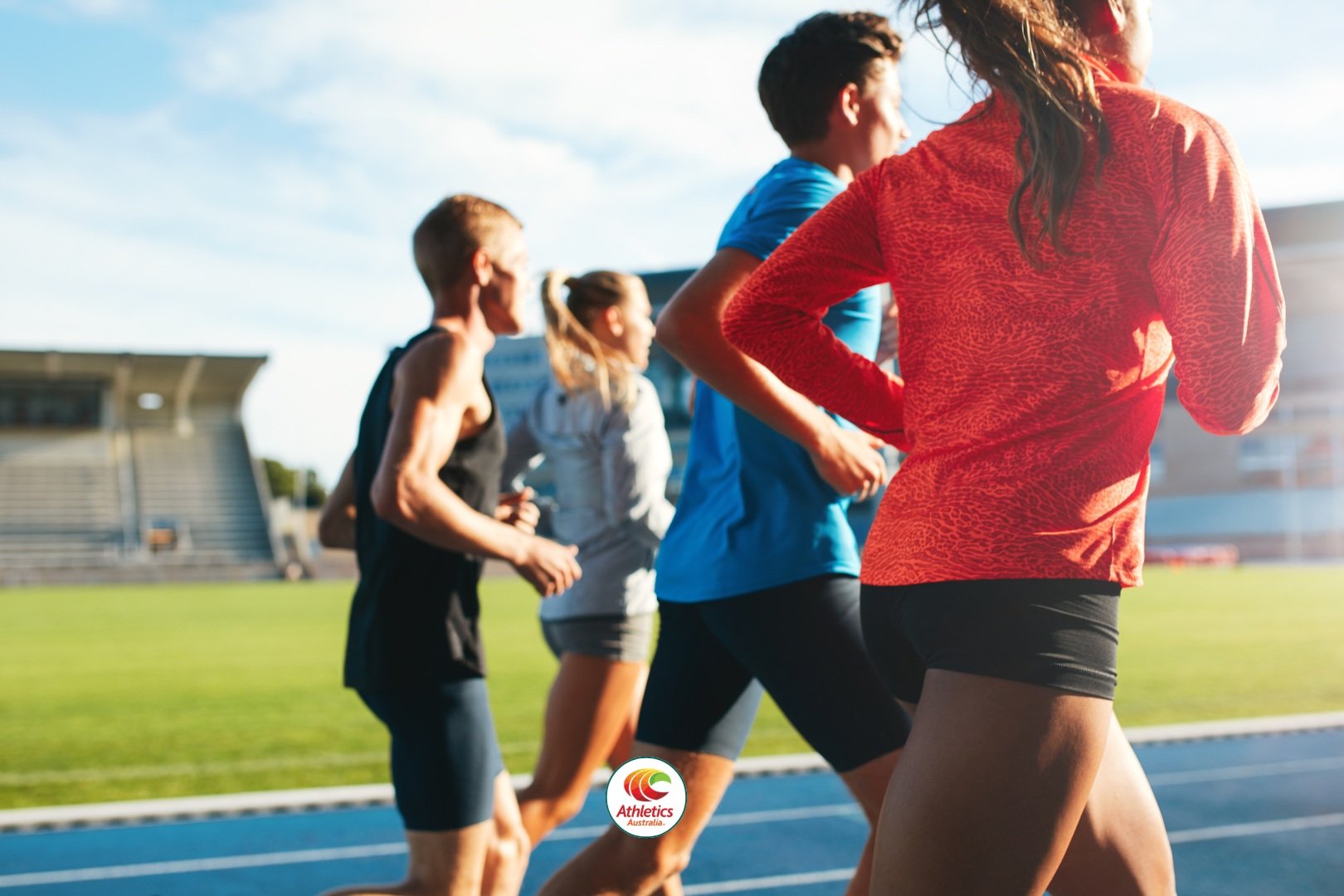
Energy System Chart - How to Train Maximum Speed, Speed Endurance, and Tempo
This chart provides a general overview of the optimal distances, intensity, rest, progression, and daily training loads for developing the different components of speed, speed endurance, special endurance and tempo running.

Key Elements of the High Jump Technique
These resources are based on a paper by Wolfgang Ritzdorf, Director of the World High Jump Centre in Cologne, Germany. In this paper, Ritzdorf discusses his approach to coaching high jumpers. He argues that coaches must first establish a technical model for their athletes, then assess whether their personal style hinders or helps them achieve key technical elements.

Hip Mobility and Flexibility for Track and Field
Read this academic article, published in the journal Advances in Physical Education, examining the importance of hip mobility and flexibility for track and field athletes. The article presents a program of nine mobility exercises and six flexibility exercises, with accompanying images, intended to improve hip range of motion and athletic performance.

What all Athletics Coaches Should Understand About Training and Muscle Fibres
Knowledge of muscle fibre types and how they can change is valuable for personalising training programs for different athletes’ goals. Understanding how different training modalities affect fibre type composition can help tailor programs for endurance, strength, power, or a combination of these qualities.

Moving Beyond Distance Alone - A More Nuanced Approach to Training Load in Runners
This commentary from the Journal of Orthopaedic & Sports Physical Therapy argues that runners and coaches should move beyond solely focusing on weekly distance when quantifying and monitoring training load. The authors explain that running distance is only one aspect of training stress and fails to capture the full picture of the mechanical, physiological, and psychological demands of running.

Considerations of Training Load
Athletes need to plan and periodise their training load to enhance performance and prevent injury. This involves balancing periods of intense training (loading) with strategic reductions in training volume (unloading), such as planned breaks or rest periods. The time it takes to return to full training load after unloading is proportional to the length of the reduced workload.
Read the full article to learn the main considerations of manipulating training load for optimal athlete adaptation and performance.

The Whole Athlete and Training Program
This High Performance Town Hall explores the importance of a comprehensive training program for athletes, focusing on the “whole athlete” and the role of communication, and planning.
Master Coach, Susan Hobson, and AA Dietitian Lead, Bryce Anderson, highlight the crucial elements beyond just physical training, including nutrition, sleep, recovery, and mental health, and how these should be integrated into the program.
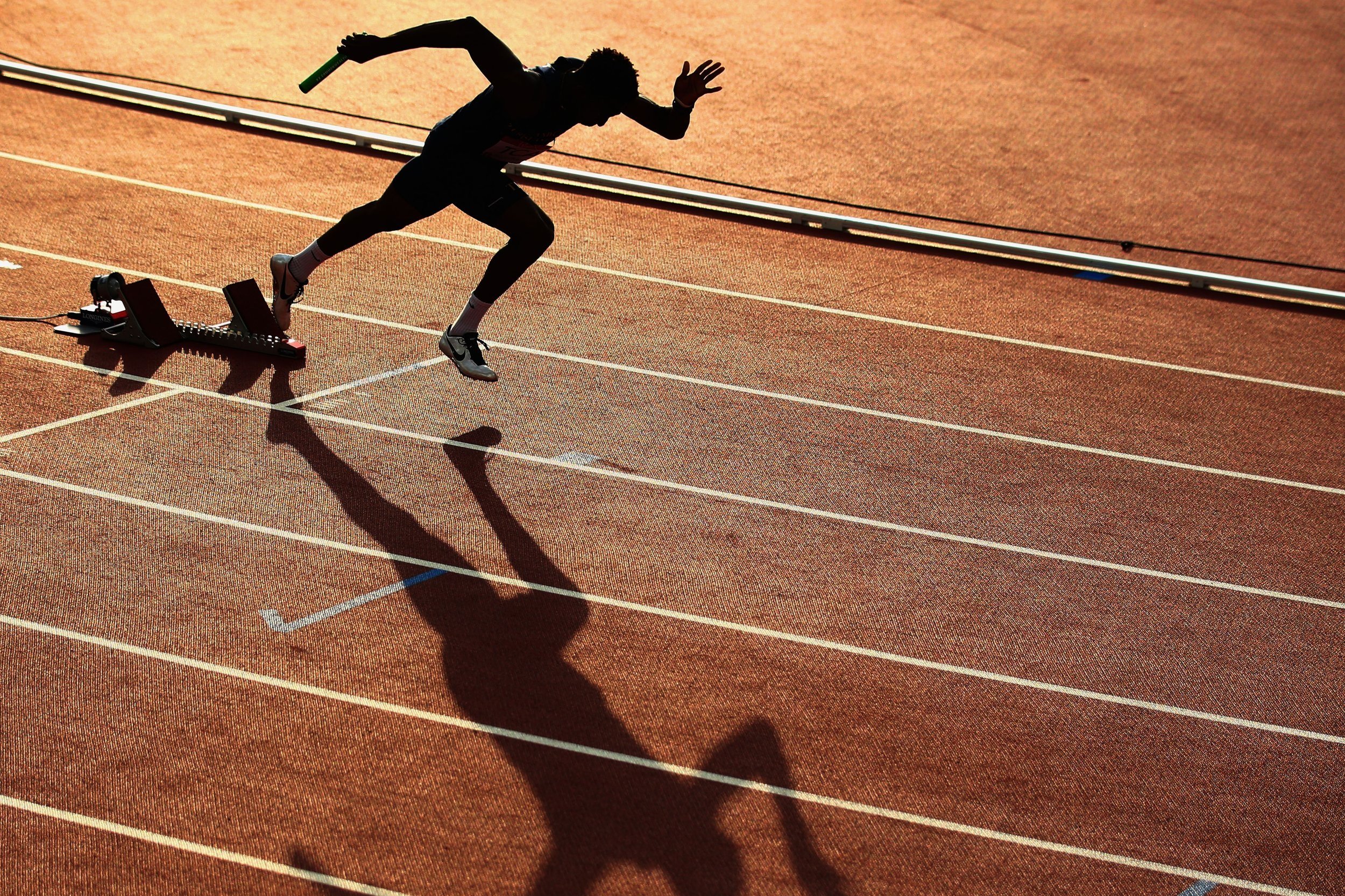
Hamstring Muscle Strains in Sprinters
This research paper focuses on hamstring strains in sprinters. The study systematically investigated the first six weeks following a hamstring strain in sprinters, including clinical examinations, MRI investigations and assessments of strength and flexibility. Key findings included a strong correlation between the location of the injury, distance from the ischial tuberosity and the time to return to pre-injury level, as well as the impact of proximal tendon involvement on recovery.
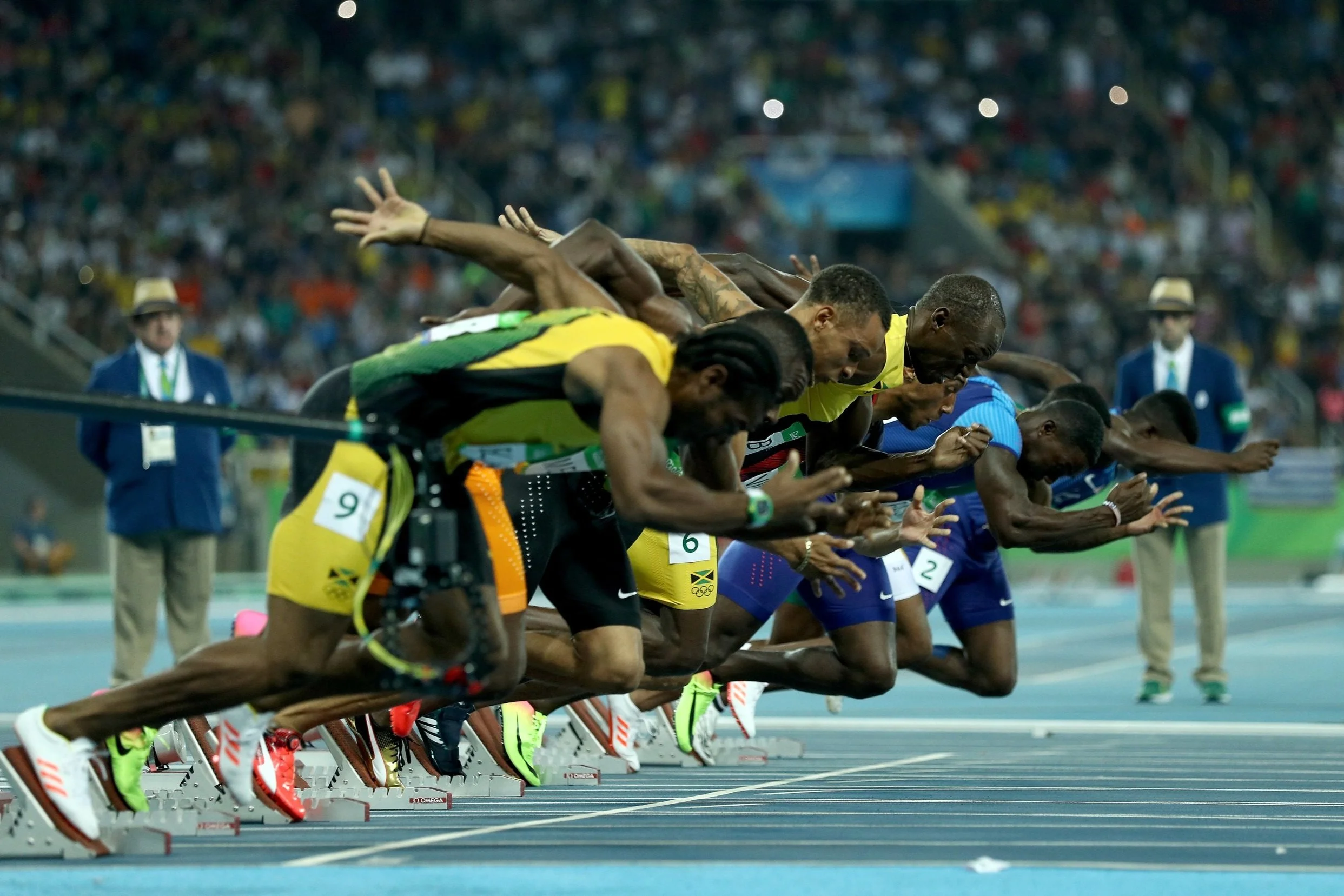
Force Application Technique, Sprint Performance, and Training Implications
This research paper examines the biomechanics of sprint running and how these factors affect performance in the 100m race. The study explores the importance of ground reaction force (GRF), particularly its horizontal component, in determining acceleration. The authors used a motorised instrumented treadmill to measure GRF in detail and found that the ability to orient GRF forward is crucial for sprint performance, even more so than the total force produced. The study also investigates how different levels of athletes, ranging from non-specialists to world-class performers, apply force differently during sprinting. The results highlight the need for training programs that focus on both physical strength and technical skill development, specifically in orienting force forward during acceleration.
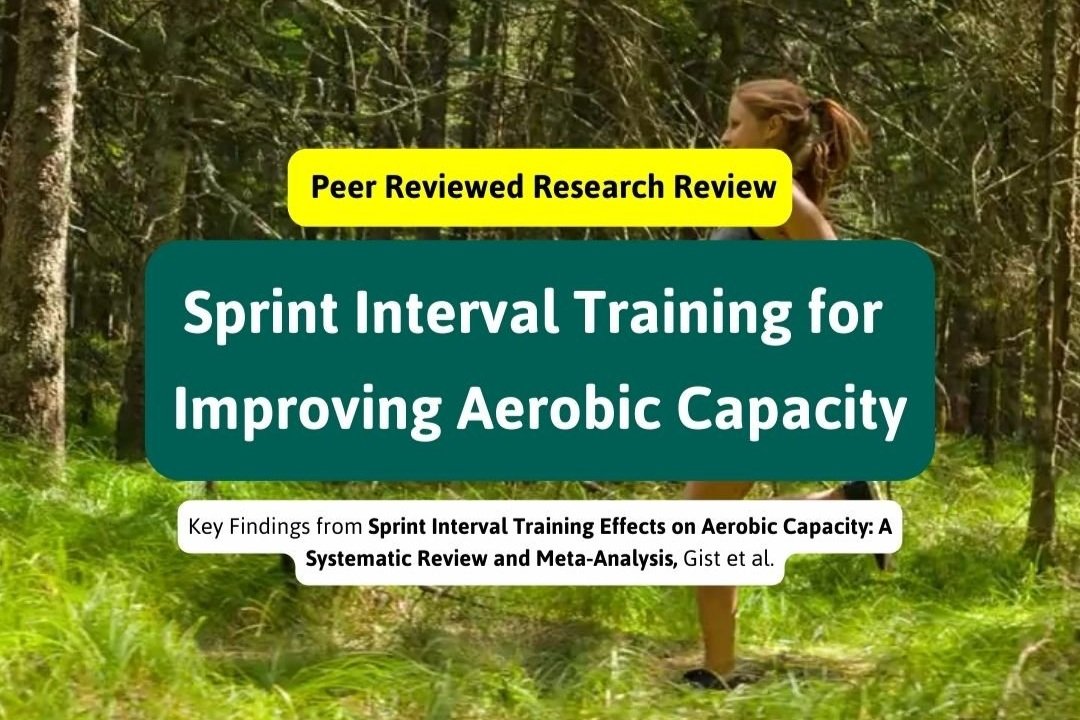
Sprint Interval Training for Improving Aerobic Capacity
This meta-analysis highlights the effectiveness of SIT in enhancing VO2max, a measure that reflects the body's ability to utilise oxygen efficiently during exercise. Examining 16 randomised controlled trials, this paper concluded that SIT leads to a "small-to-moderate" improvement in VO2max. More specifically, this improvement translates to an average increase of 3.6 mL kg-1 min-1, or about an 8% enhancement. Notably, the authors emphasised that this magnitude of improvement is approximately equal to the gains observed with traditional endurance training, which typically involves longer durations of moderate-intensity exercise.

Eccentric Training Guidelines
This article explores updated guidelines for incorporating eccentric exercises into training programs, focusing on both developing and senior athletes. Key exercises like Nordic Hamstring Curls, Eccentric Squats, and Flywheel Leg Press are broken down with recommended sets, reps, and frequency. Backed by the latest research, these guidelines provide coaches with practical, science-based strategies to maximise performance while reducing injury risk.

Strength and Training - Athletics AI Summary
This presentation by Angus McEntyre, titled "Strength Training for Higher Performing Track & Field Athletes", provides a comprehensive guide for coaches on how to implement effective strength training programmes. The key theme revolves around the concept of "Developing Athleticism" by tailoring programmes to individual athletes and their specific events. The presentation stresses the importance of conducting thorough athlete assessments considering factors like training age, injury history, and individual needs.
Listen and read a summary of his presentation here.
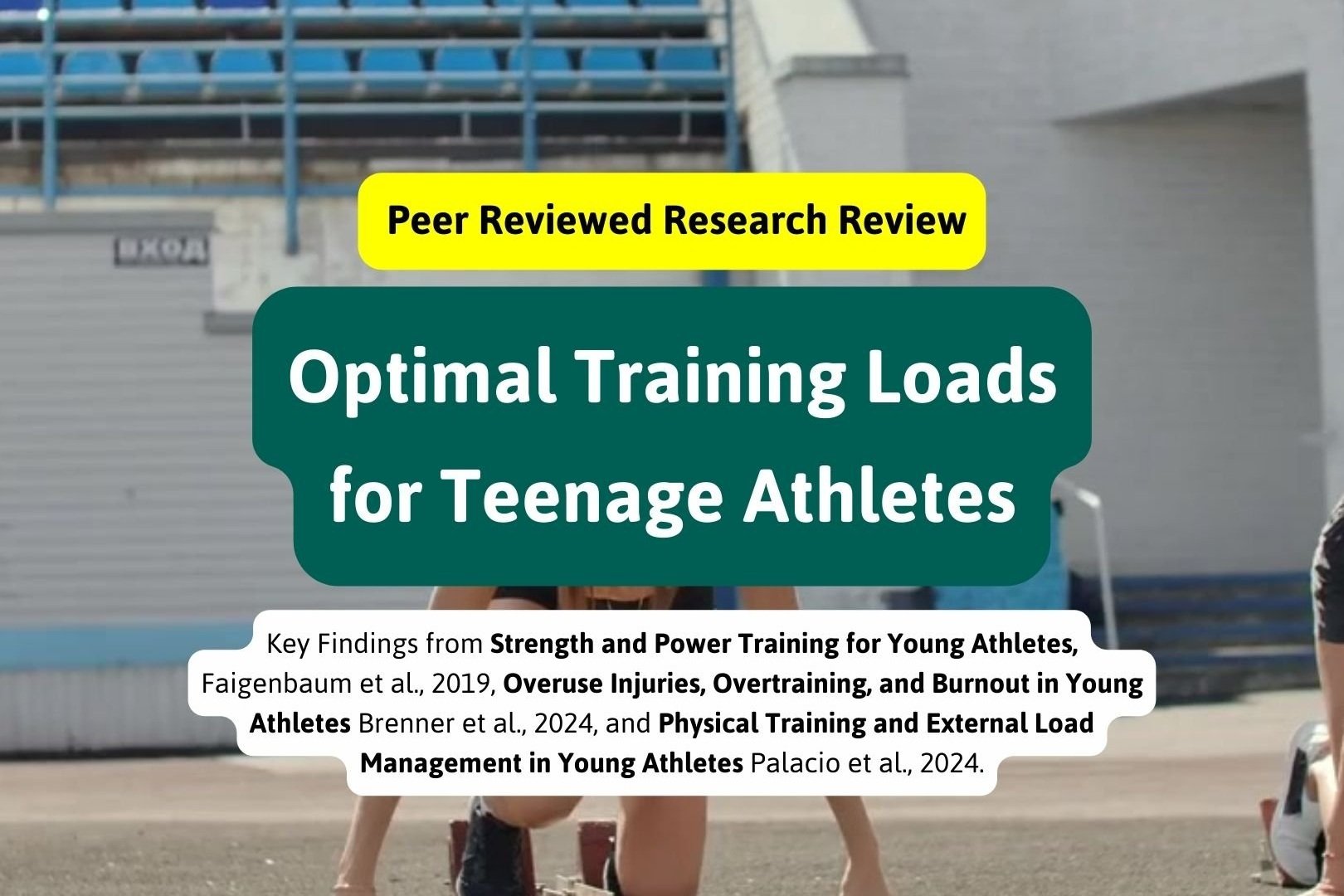
Recommended Training Loads for Teenage Athletes: A Guide to Optimal Development
Training young athletes is a delicate balance of enhancing performance while ensuring safety, longevity, and enjoyment in sports. Overtraining can lead to burnout or injury, while undertraining may limit athletic potential. For junior athletes, particularly those aged 12-18 in track and field, the correct training loads are crucial to optimizing their development while preventing injury.
This article discusses the recommended training loads for young athletes, focusing on the balance between technique, strength training, and recovery. We’ll explore research-backed guidelines and provide insights into how to tailor programs for individual athletes’ needs.

Adding ‘No-Load’ Training Strategies into your Coaching Toolkit
No-load interventions, such as motor imagery, contralateral limb training, and passive blood flow restriction (BFR), offer effective methods for maintaining or improving strength without physical equipment or placing undue stress on an injured limb. Motor imagery, which involves mentally rehearsing exercises, has been shown to preserve and even slightly enhance muscle strength, making it useful during periods when physical training is not possible, such as during injury recovery, holidays, or travel to challenging environments.

Conditioning Young Athletes
Episode 1 of a short-lived AI Podcasting era! This episode summarises the key points from the book "Conditioning Young Athletes" by Tudor O. Bompa and Michael Carrera.
Our AI hosts discuss the importance of long-term athletic development for young athletes, emphasizing the need for age-appropriate training methods to optimise performance and prevent burnout and injury.

